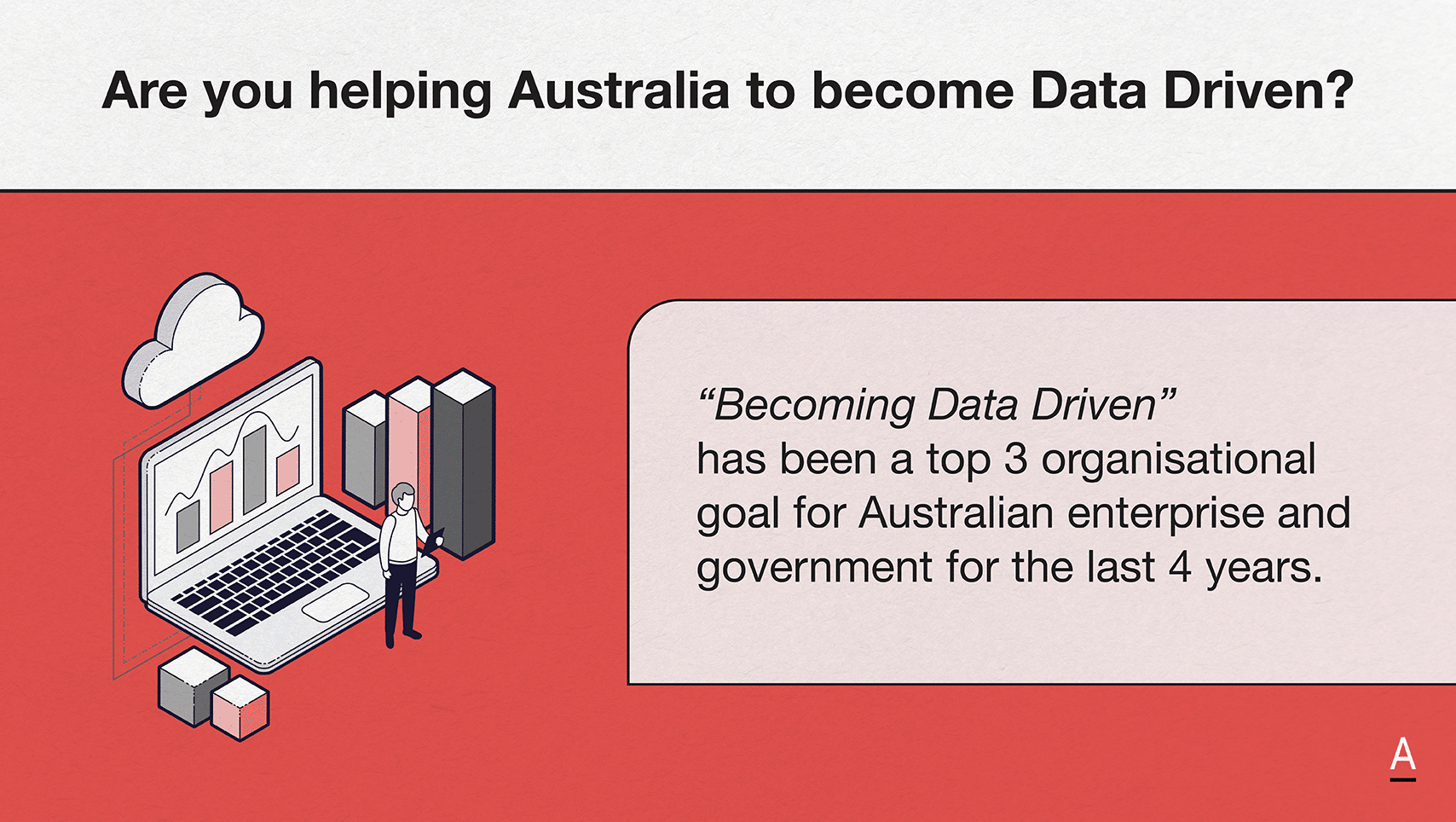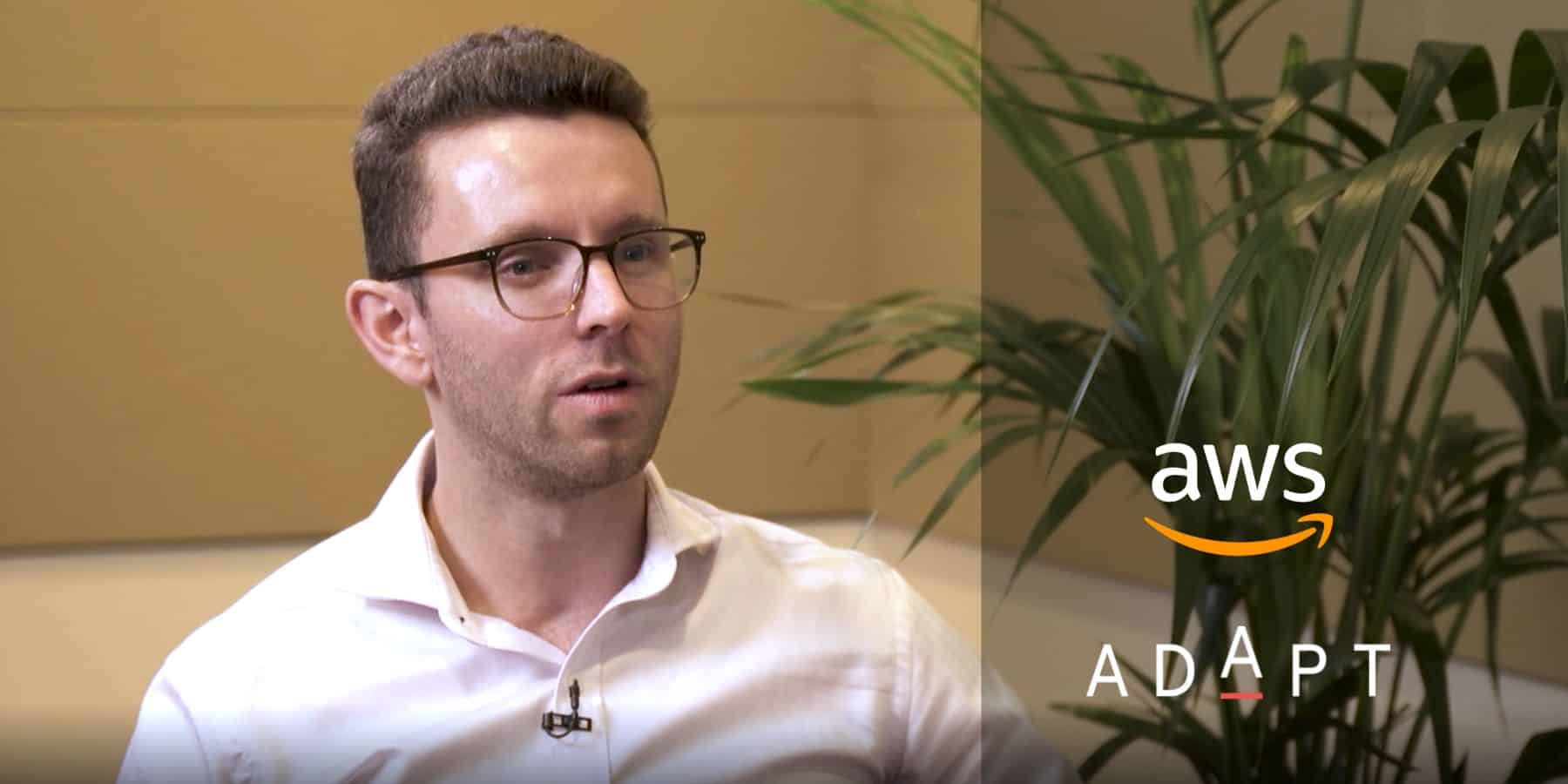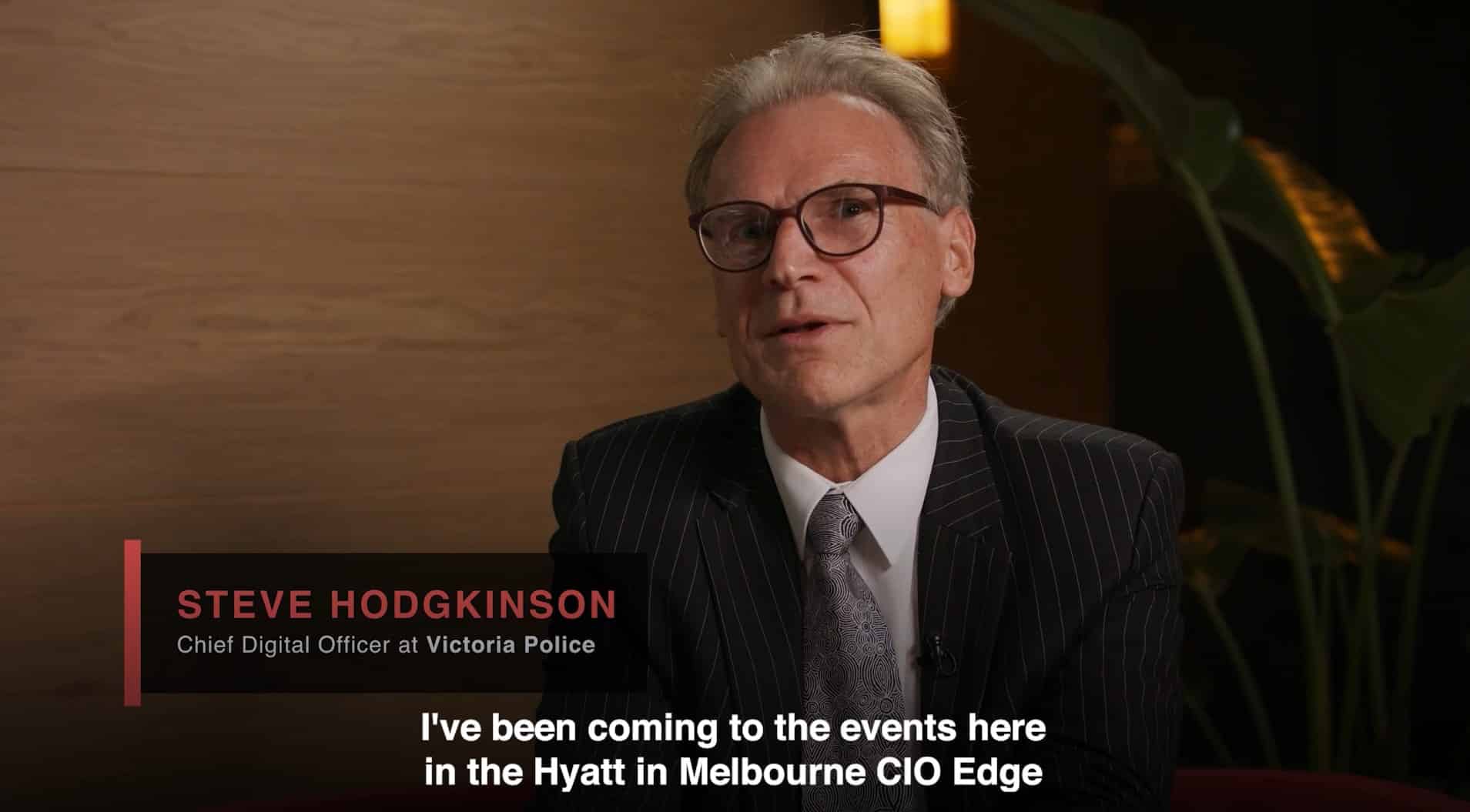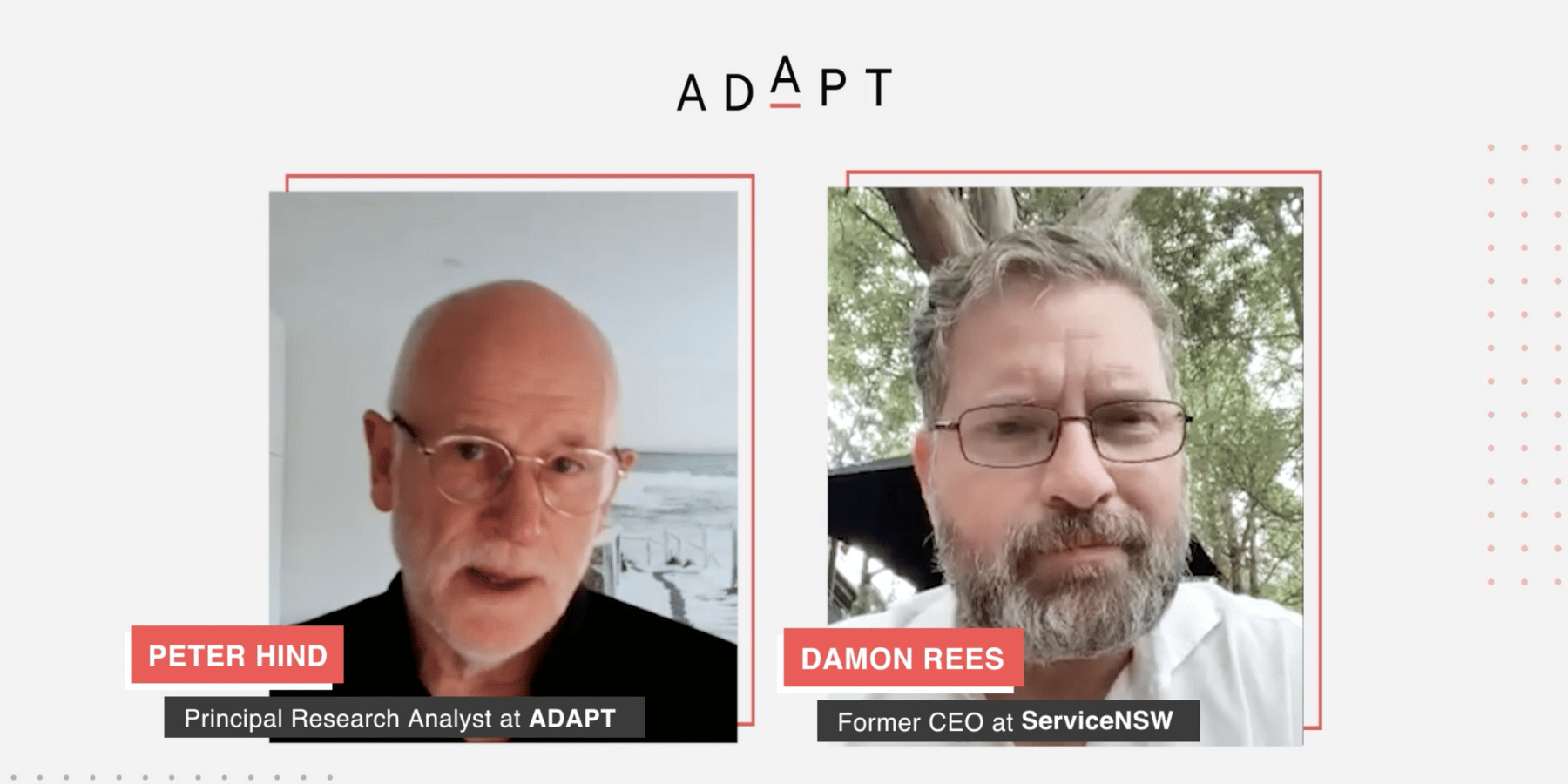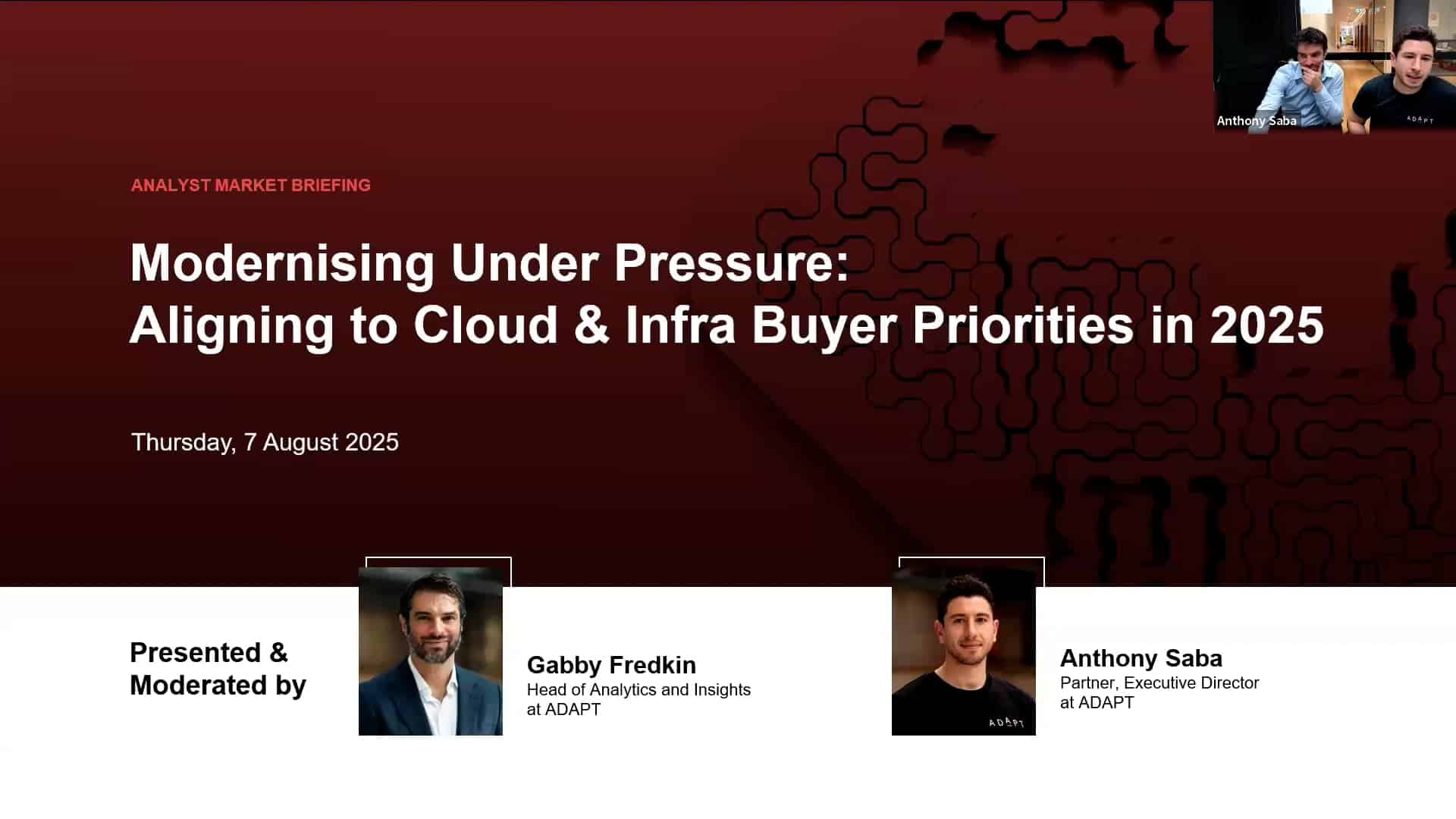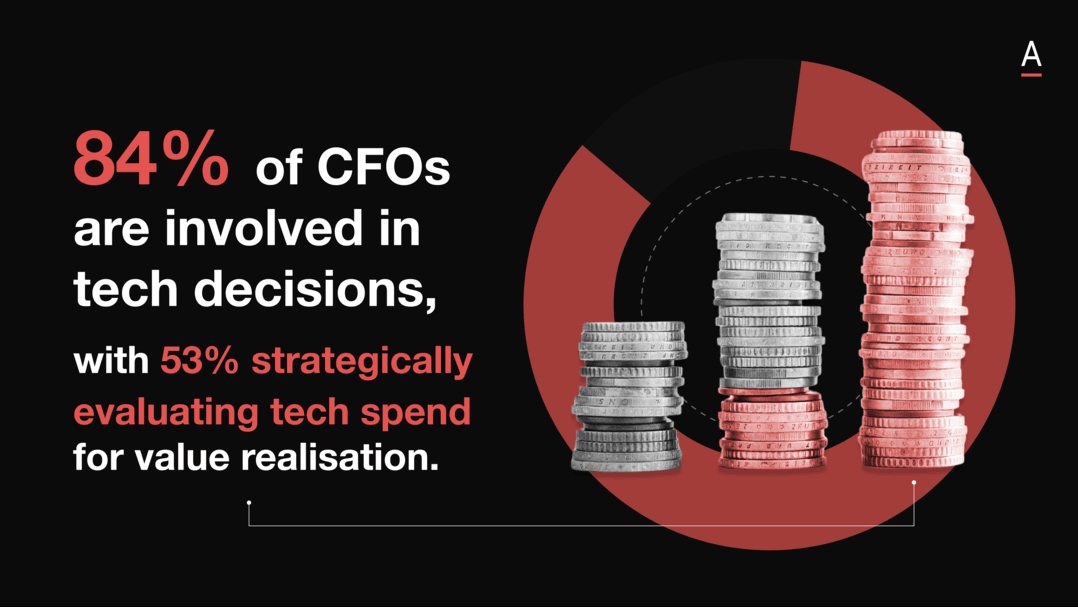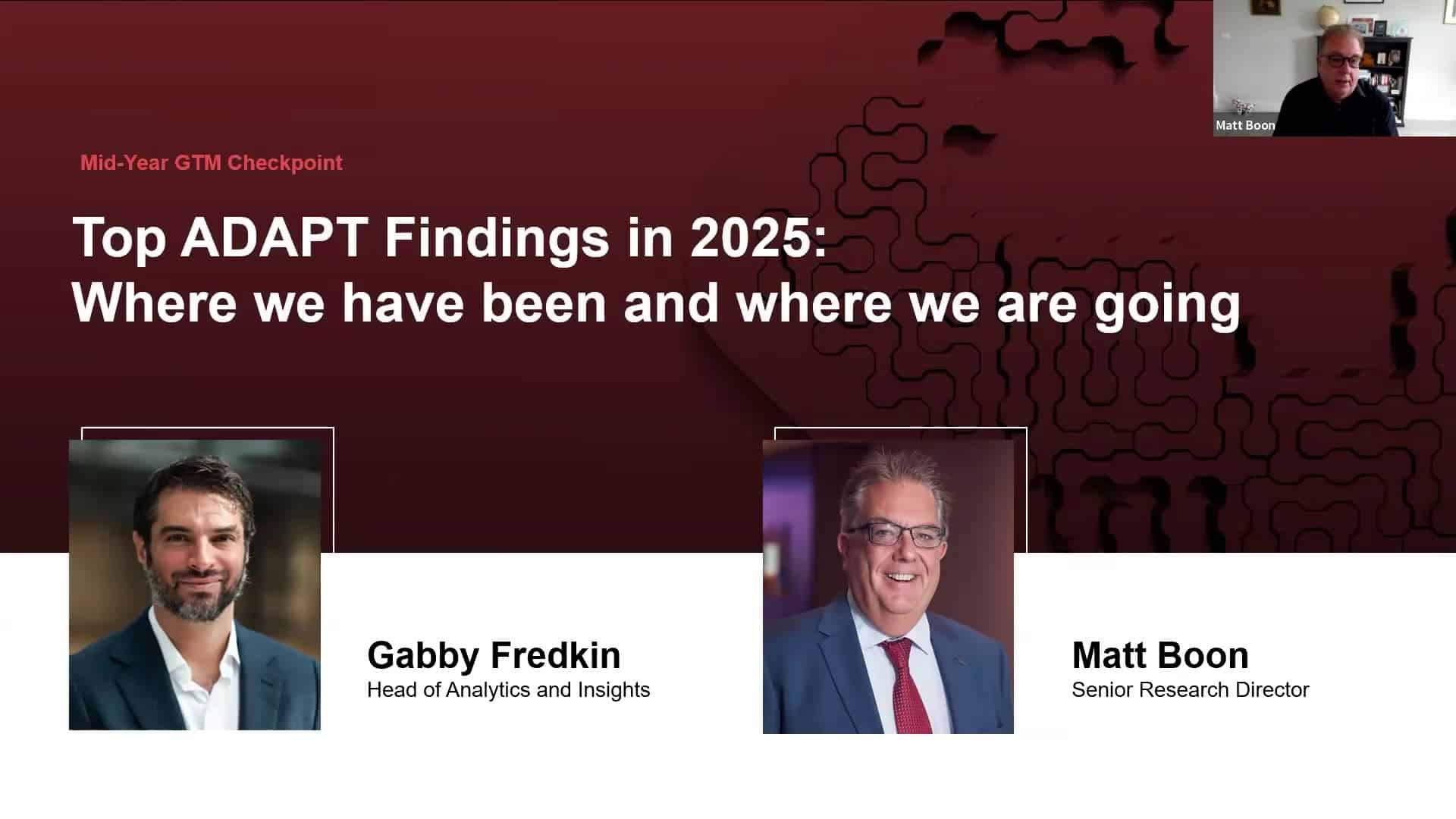Cloud and infrastructure leaders face rising costs, skills gaps, and fragmented architectures as they push to modernise 2025 tech stacks under pressure.
Australia’s cloud and infrastructure decision-makers are confronting rising costs, outdated systems, and architectural sprawl.
Based on survey data from over 100 infrastructure, engineering and architecture leaders at ADAPT’s recent Analyst Market Briefing, the findings show technology environments are only 44% modernised.
Gabby Fredkin, Head of Analytics and Insights at ADAPT, shared that these leaders are managing hybrid cloud estates while addressing financial pressure, cultural resistance, and governance fragmentation.
They are being tasked with enabling transformation without the tools, skills, or internal alignment needed to execute effectively.
Cost rationalisation and FinOps remain top priorities
Cloud cost optimisation remains a persistent issue.
69% of infrastructure leaders are investing in optimisation efforts, and 65% are investing in observability to gain clarity on utilisation and spending.
Despite these investments, only 36% are effective at linking cloud spend to business value.
A lack of financial governance maturity is evident.
Gabby explained that without proper observability, most leaders struggle to link usage with outcome, leaving spend unquantified and business cases unconvincing.
Half of the organisations surveyed have no chargeback or showback models.
Another 35% have not implemented FinOps practices, and an additional 20% are still in early stages.
This leaves the majority without the accountability structures required to connect infrastructure costs to outcomes.
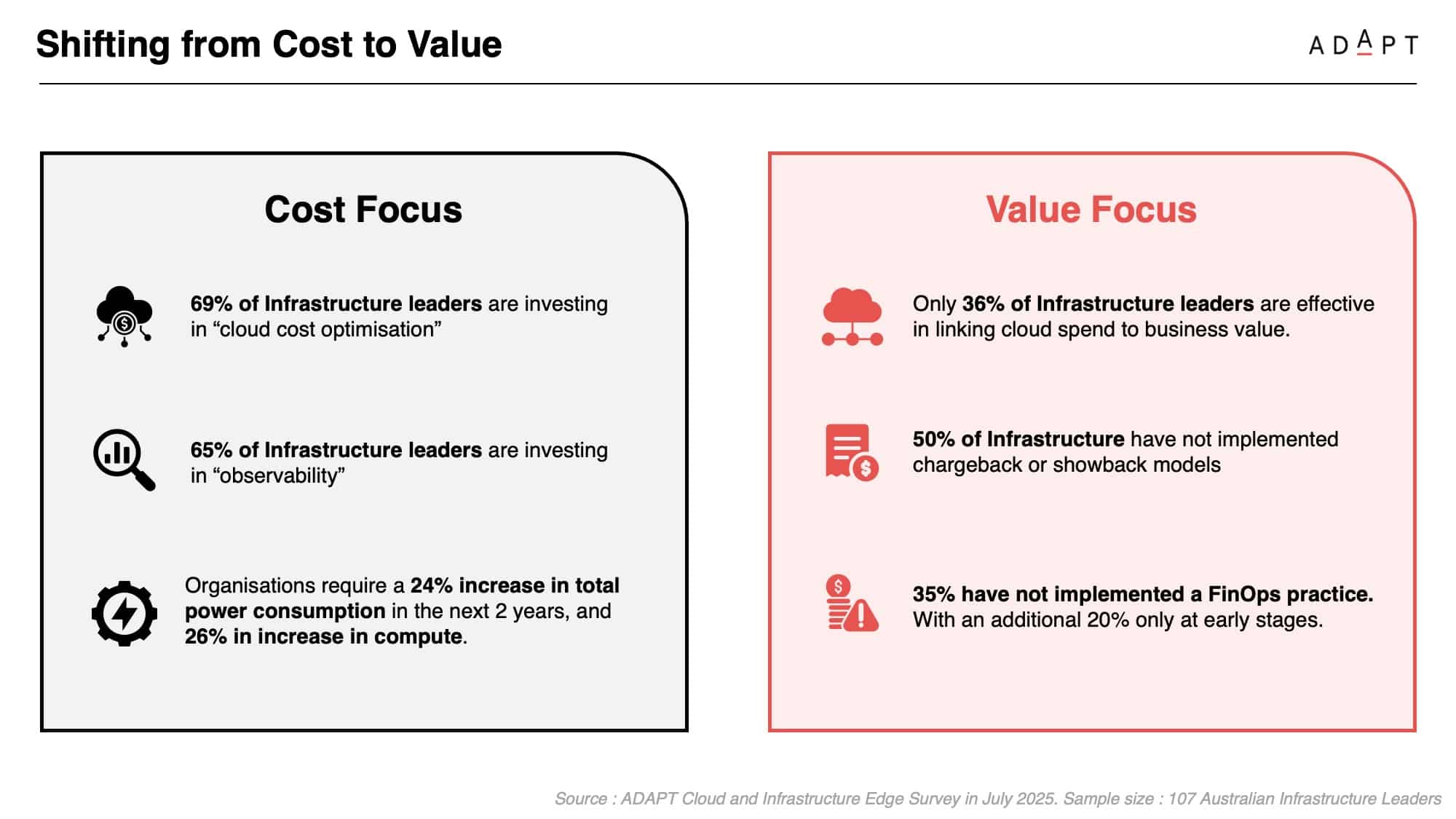
These financial gaps are becoming more significant as demand grows.
Organisations expect a 24% increase in power consumption and a 26% increase in compute over the next two years.
Gabby pointed out that last year’s forecasts significantly underestimated actual usage, raising doubts about whether current projections will hold.
Fragmented architectures and inconsistent governance are driving inefficiencies
A third of respondents report having no clear cloud strategy. Among those with some degree of strategy, most are still at early maturity stages.
Gabby emphasised that despite years of investment, most cloud environments remain siloed, with overlapping tools, disconnected controls, and redundant services.
This fragmentation creates operational drag and increases the surface area for security and compliance risks.
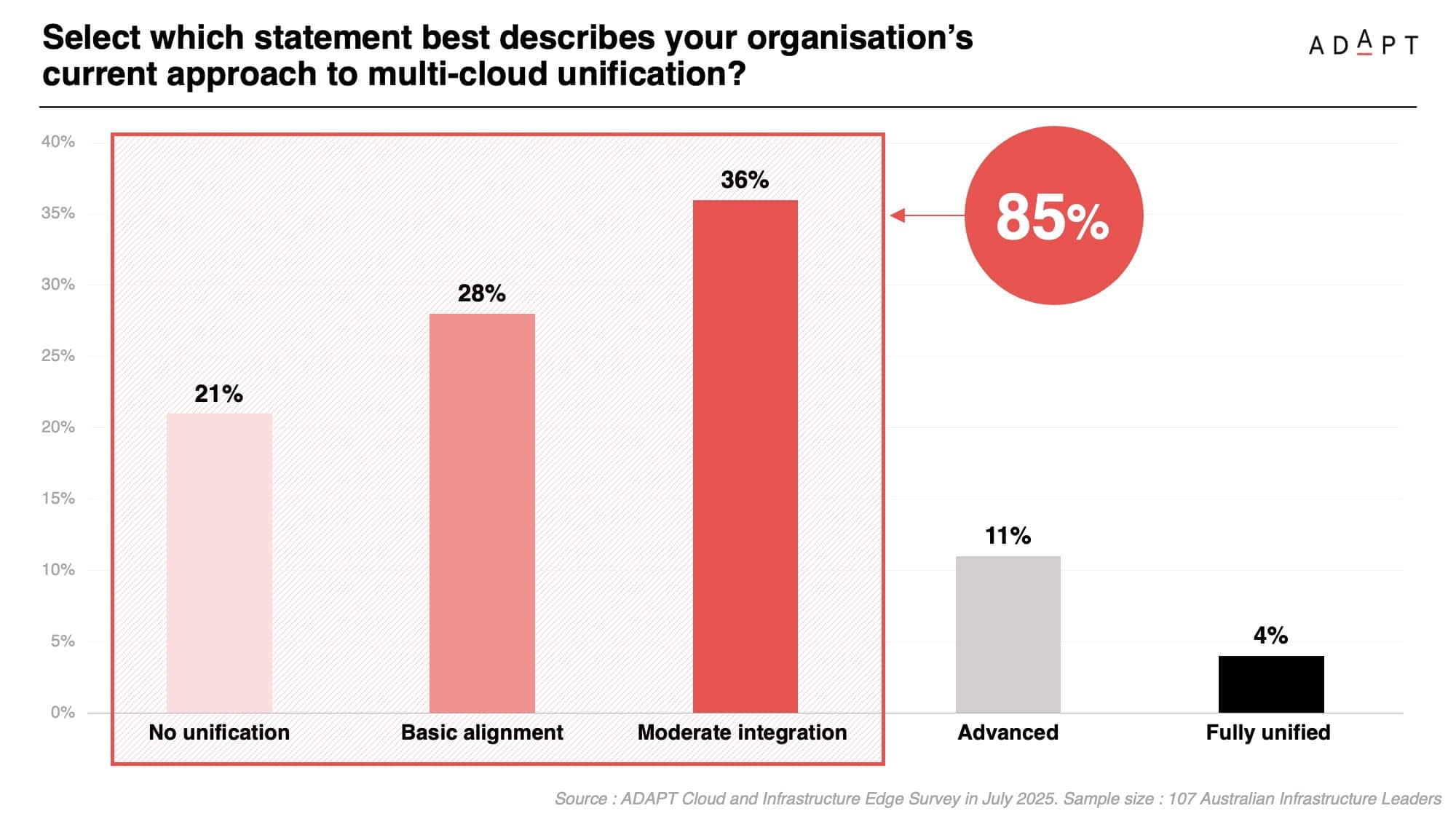
Fragmented governance is driving a rise in workload repatriation. 25% of organisations are moving specific workloads such as application hosting, storage, and backups, out of public cloud.
These are targeted reversals, not full retreats, with a median of 13% repatriated.
Gabby Fredkin explained that repatriation is often caused by poor architecture, rising egress costs, data sovereignty concerns, and a lack of cloud-native skills.
Many migrations were rushed without investing in the planning or capability needed to manage them effectively.
Still, public cloud remains core to modernised teams.
These organisations run 61% of workloads in the cloud, more than double their low-maturity peers, their advantage lies in how they manage it.
They consolidate applications, automate workflows, and embed governance to extract value at scale.
Infrastructure is expected to support business outcomes and transformation
Leaders across infrastructure and architecture functions are being asked to deliver more direct business value.
These teams are now supporting digital product development, AI readiness, and back-end transformation initiatives.
This is driving demand for secure, scalable infrastructure that can handle integration, data flows, and automation across applications.
However, talent remains a critical barrier.
Internal teams are lean, time to upskill is limited, and the number of required platforms and specialisations continues to grow.
Survey participants highlighted insufficient talent, slow internal capability building, and lack of clarity around which skillsets to prioritise.
Modern infrastructure requires more than technical proficiency.
Leaders need teams that understand cost modelling, customer impact, and how technology decisions map to revenue, compliance, and experience outcomes.
This capability gap is stalling transformation, even as business expectations grow.
Insourcing is returning as a strategy for long-term control
While outsourcing remains common for SOC and helpdesk functions, organisations are reclaiming control over more strategic areas.
Platform engineering, FinOps, and identity and access management are increasingly being insourced to strengthen accountability and alignment with internal objectives.
Hybrid models are also gaining ground for DevOps, network management, and application support, balancing internal ownership with targeted partner expertise.
Gabby noted that these shifts reflect growing pressure to reduce complexity, improve oversight, and retain critical knowledge in-house.
Even in traditionally outsourced areas, leaders are applying more scrutiny to provider capability, sovereignty, and governance.
The broader trend points to a focus on building internal maturity over extending third-party dependency.
Recommended actions for tech vendors based on the insights
Cloud and infrastructure leaders are balancing cost containment with delivery obligations across fragmented environments.
Vendors that want to support this shift must provide measurable value, simplify integration, and enable capability building inside the organisation.
- Clarify business value for infrastructure investment – Provide frameworks, models, or embedded tools that help infrastructure teams link cloud consumption to business outcomes. Focus on enabling internal cost attribution and clear ROI conversations.
- Support orchestration across hybrid environments – Offer deployment and management models that reduce fragmentation and operational overhead. Vendors should avoid reinforcing silos and instead align to the need for consolidated control.
- Provide delivery models that upskill teams – Act as an enabler for internal capability uplift. This includes coaching, embedded expertise, and transparent deployment models that help customers build future capability, not dependency.
- Design solutions that embed security and observability – Make it easier for customers to meet compliance and visibility requirements through native integration of observability and secure-by-design architecture. Help infrastructure leaders manage rising risk without adding complexity.
- Engage at the right level, with outcome-oriented narratives – Conversations must reflect business context. Infrastructure leaders are focused on secure service delivery, cost control, and enabling digital product velocity. Tailor engagement accordingly.
Infrastructure leaders in 2025 are under pressure to cut spending, modernise legacy environments, and scale for rising compute demand, all while navigating fragmented architectures, immature cost governance, and limited internal capability.
Many are rethinking sourcing models, workload placements, and toolsets to regain control.
For vendors, the opportunity lies in helping teams manage complexity, measure value, and build sustainable capability.
Those who support secure, cost-aligned, and business-facing infrastructure will shape the future enterprise stack.


